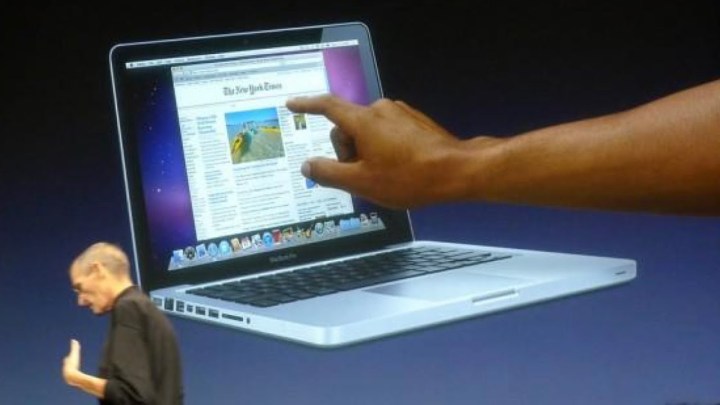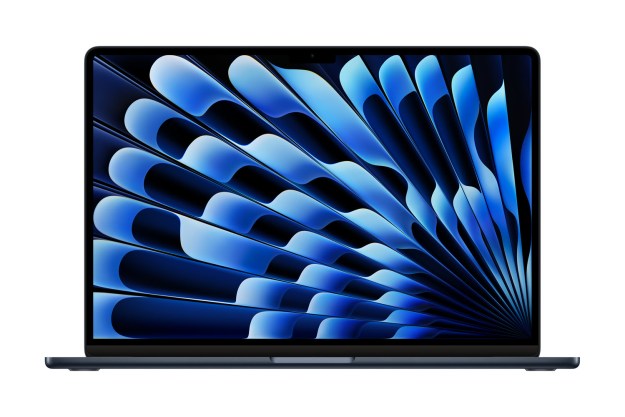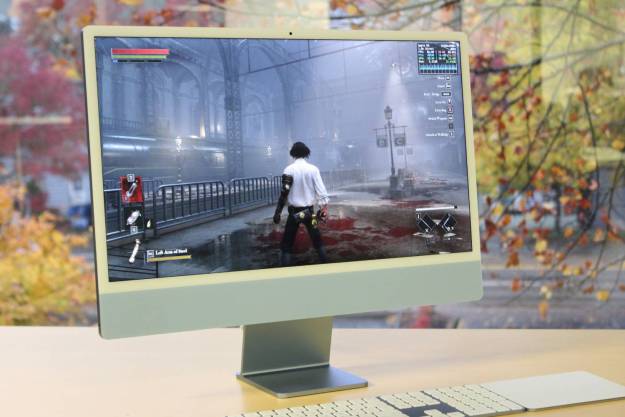As great as the MacBook Pro is right now, there’s one important feature that’s always been missing. A touchscreen. It’s something Windows laptops have enjoyed for years now, and many have viewed it as a missing piece of the puzzle for the Mac.
The latest rumors, however, suggest that a solid road map is in place that could potentially end with touch-enabled OLED screens coming to the MacBook Pro.
The news comes from @Tech_Reve on X (formerly Twitter), who indicates that Apple has plans to reveal MacBook Pro models featuring OLED displays in the 2026 to 2027 time frame. These models might come in 14.2-inch and 16.2-inch variants and are also expected to be touchscreen enabled.
After the introduction of the OLED touchscreen MacBook Pro, Apple is expected to push both features to MacBook Air models in 13.6-inch and 15.3-inch variants. This could happen starting in 2026 and beyond, depending on the tentative timeline of the MacBook Pro launch.
According to @Tech_Reve, Apple is working with Samsung and LG as its display suppliers. Each manufacturer has their own updated version of touchscreen technology that integrates the touch panel directly into the display. Samsung’s technology is called Y-OCTA and LG’s is Touch On Encapsulation. However, they ultimately produce the same result, a thinner panel at a lower cost. The current standard entails layering the OLED panel and then a separate touch panel, WCCFTech noted.
The OLED touchscreen MacBook Pro might trickle down from the OLED iPad Pro, which is one of the big Apple rumors for a launch during the first half of 2024. The tablet already has a touchscreen display, so many believe it would be an easy transition to add an OLED screen for a similarly high-end product. Additionally, the rumored 11-inch and 13-inch models are expected to be solid testers for future OLED touchscreen devices, such as the 2026-2027 MacBook Pro.
WCCFTech made the point that the OLED touchscreen MacBook Pro would likely require tweaks to the macOS interface to accommodate for the precision needed when using touch on a display. Notably, the iPad Pro already has the assistance of the Apple Pencil, but there’s no telling how accessories will fit into the equation.

TechRadar also noted that Apple has in the past made a stance indicating touchscreen was not a necessary feature for laptops. Other downsides, especially when coupled with an OLED display, could include a higher price point and fingerprint smudging to the pristine high-end screens.
While these features remain rumors, there has been a long-standing indication that Apple especially has plans to transition its Pro products to OLED panels. It’s worth mentioning that even with OLED on the road map, there’s no guarantee for sure that Apple will bring the touch capability to the MacBooks, which would reverse the company’s long-held belief that touchscreen laptops are ergonomically problematic.
Editors' Recommendations
- iPad Pro vs. MacBook Air: It’s closer than you’d think
- Will the Vision Pro replace the Mac? Why Apple will have to tread carefully
- I’m a laptop reviewer. Here’s why I still use a laptop from 2021
- 5 things you need to know before buying a new MacBook Pro
- There are two sizes of MacBook Pros. Here’s the one you should buy




